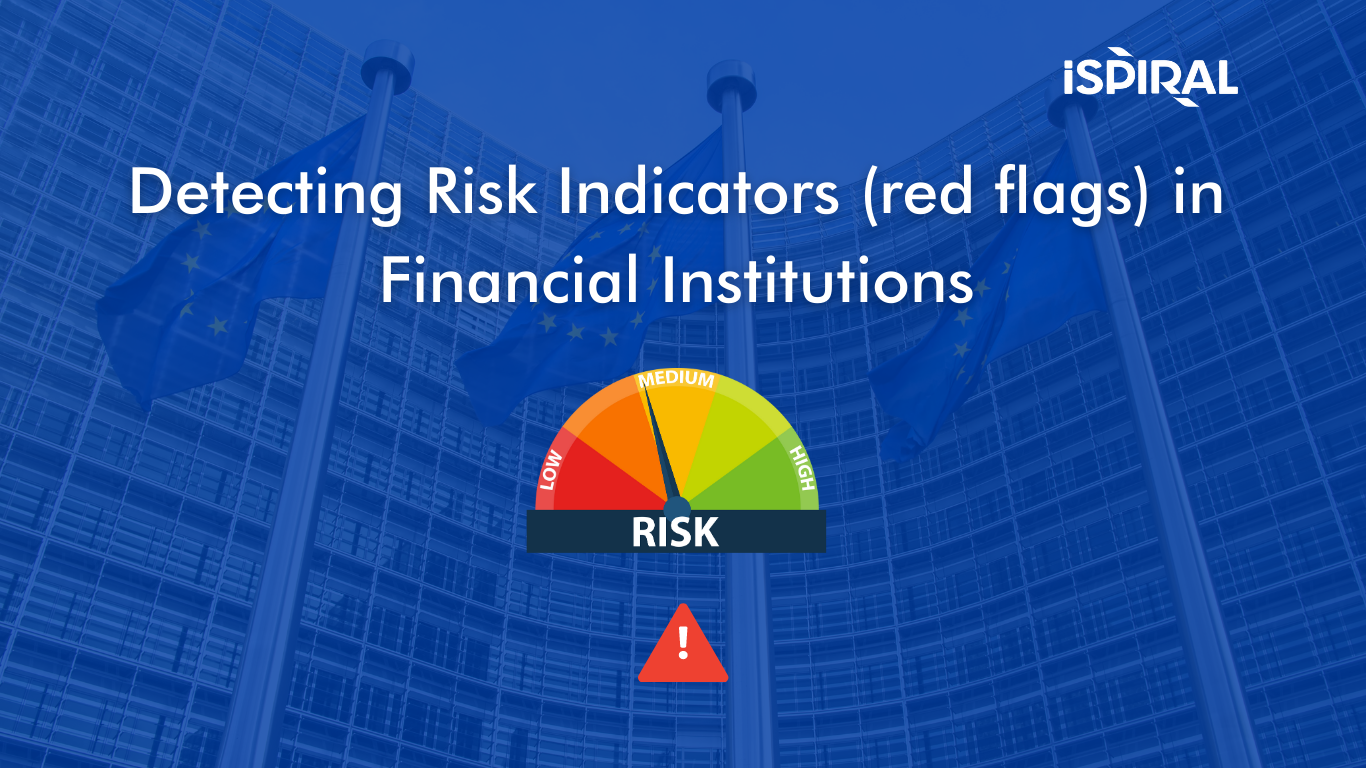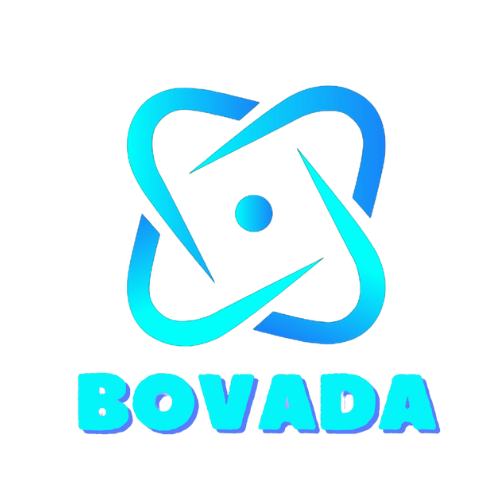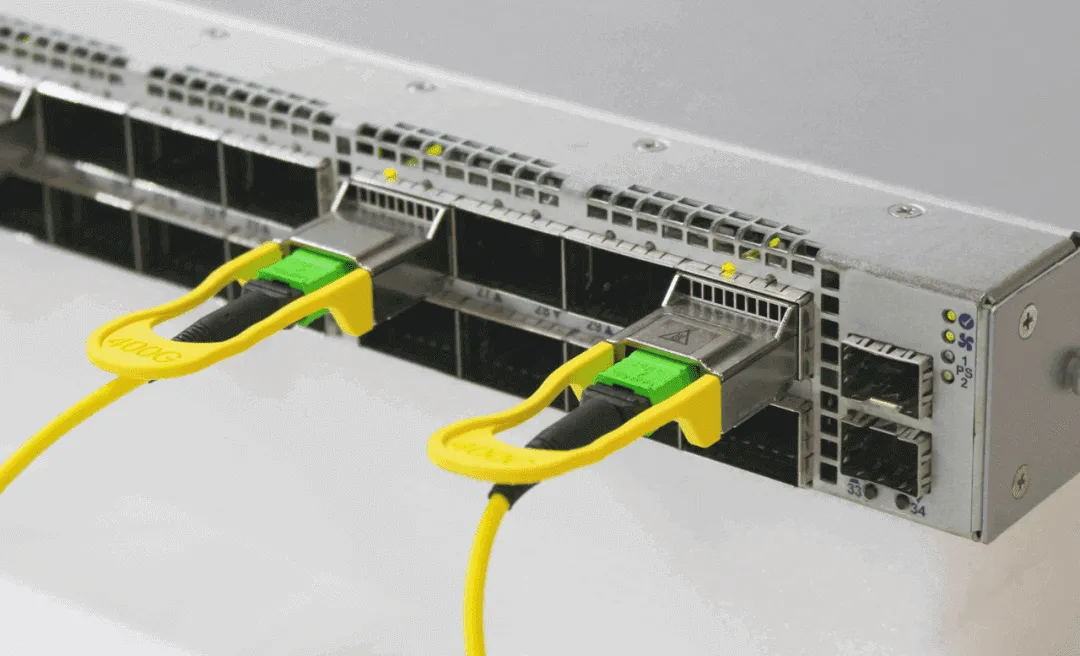Identifying Red Flags – Key Risk Indicators to Watch for in Donor Screening

In the United Kingdom, approximately 168,850 registered charities were legitimately operating primarily in Wales and England. Just like any other business entity, charities and non-profit organizations (NPOs) are also sensitive to various financial risks and fraudulent activities.
Charity and donation scams are becoming very common due to the non-transparency of funds and the vulnerability of suspicious activities. Therefore, the implementation of donor screening is necessary to help NPOs identify the practical financial capacity of all charitable organizations. This practice is essential for identifying the presence of suspicious activities, which reduces the overall intensity of donation scams in real-time.
This blog highlights the critical features of donor screening and the key risk indicators that require a thorough analysis during assessment operations.
Donor Wealth Screening – Identifying the Critical Red Flags
The screening of the donor’s wealth plays a crucial role in assessing the funding capacity of all the contributors who show volunteering concerns. The donor screening process is vital for assessing past philanthropic motives and financial contributions of all the organizations and individuals in real-time.
It has been greatly observed that during the donation practices, the donors extensively assess the transparency of the NPOs. However, it is very rare that the same investigation is conducted by the NPOs to assess the donor’s authenticity. Therefore, NPOs are required to emphasize the lookout of the several red flags, which are:
- It is very important to understand whether the donor’s values and objectives align with those of the recipients. Shared values are very important as they instill a level of trust and commitment in charitable operations.
- One of the biggest red flags in the donor screening process is the insertion of power and authority during the operational side of non-profit organizations. Oftentimes, the illicit donors ignore all the boundaries that the organizations have formed for the sake of their integrity.
- When the donors expect high-profile recognition of their contributions, NPOs must attentively assess the donor’s motives and financial reputation to prevent any future repercussions.
Donor Search Wealth Screening – Examining the Individual, Corporate, and Online Donor Risks
The wealth assessment during the donor screening process entails organizations addressing the various risk factors that are concerned with individuals, corporations, and the online presence of contributors. Here are certain risk factors that require extensive analysis:
- Individual Risk Factors: During the donor screening process, NPOs are required to screen the contributors against various PEP and sanction lists. The assessment of these lists allows them to identify whether their past financial and donation practices were illicit or not. If the donors are recognized in any of these databases, NPOs must conduct extensive donor research before maintaining organizational ties with them.
- Corporate Risk Factors: The relationship of donors with any shell and offshore company indicates a significant level of risk for non-profit organizations. Additionally, businesses must assess whether or not the donors are linked with any sanctioned country or restricted organization during the onboarding process.
- Online Risk Factors: It is crucial for the NPOs to understand the IP addresses with which the donation practices are conducted. Oftentimes, suspicious and unauthorized funds are donated to charities through unrecognized IP addresses to hide the original source of finances.
General Donation Scams Observed in NPOs and Charities
In light of the above-mentioned risk indicators, donor screening assists NPOs in identifying several scams, which usually appear in various forms. Unauthorized and high-profile donors generally use stolen credit cards to make large monetary donations to legitimize their illicit funds.
By doing this, their unregistered bank accounts are not linked to any charities, which reduces their vulnerability to being identified as fraudulent entities during the screening procedures. False invoicing is also a prevalent donation scam as it involves manipulating the charities and exploiting them to make payments for services that were never offered to them.
Best Practices for Donor Screening in AML
The ever-growing instances of charity scams require non-profit organizations to integrate effective AML donor screening measures during the onboarding procedures. Electronic wealth screening is pivotal as it helps NPOs identify and understand the authenticity of donors’ previous funding activities. The deep monitoring of donors’ health capabilities protects charities from unnecessary financial scams and exploitations in the long-run.
Furthermore, enhanced PEP screening and sanction database screening are important to identify individual and corporate risk factors. These checks stimulate the assessment of donors and ensure that none of the underlying entities is linked to any sanctioned country or organization in any way. This leads to the protection of NPOs from long-term charity scams.
What’s Next
Donor screening is of immense importance for charities as it provides a security guideline for NPOs. This screening check is necessary for maintaining the integrity and reputation of the organization, leading to the protection of the NPO operations. Therefore, these institutions are required to integrate effective AML screening checks during the donor screening process to promote secure funding operations for the charities.











